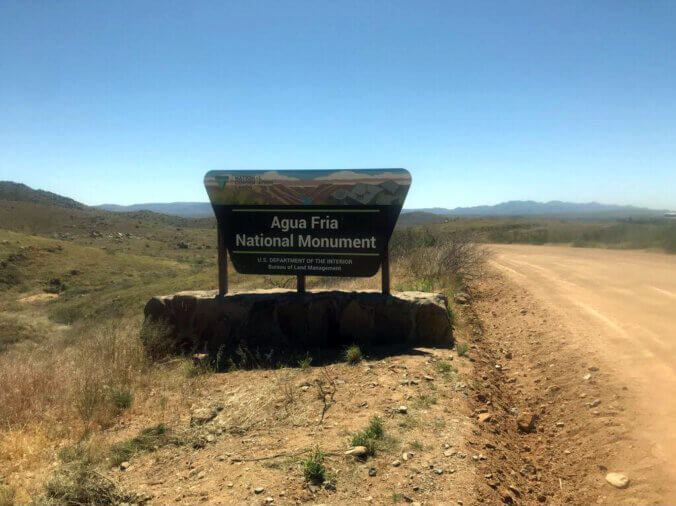The History of Agua Fria National Monument
Agua Fria National Monument, located in central Arizona, has a rich history that spans thousands of years. The area has been inhabited by various indigenous cultures for over 2,000 years, including the Hohokam, Yavapai, and O’odham tribes. These early inhabitants relied on the Agua Fria River for sustenance and as a trade route. Evidence of their presence can be found in petroglyphs, pottery shards, and other artifacts scattered throughout the monument.
During the 19th century, the Agua Fria region witnessed significant changes due to the arrival of European settlers. Explorers, miners, and ranchers began to traverse and settle the area, often clashing with the indigenous peoples who had called it home for centuries. The monument encompasses the remnants of several historic sites, including homesteads, mining camps, and stagecoach routes, which witness these early pioneers’ struggles and achievements.
President Bill Clinton established Agua Fria National Monument on January 11, 2000, recognizing its unique cultural and natural resources. The monument covers approximately 71,100 acres and is managed by the Bureau of Land Management (BLM). Today, visitors to Agua Fria National Monument can explore its diverse landscapes, which range from desert scrub to ponderosa pine forests. They can also hike along the Agua Fria River, visit ancient ruins, and immerse themselves in the area’s rich history. The monument serves as a reminder of the intricate relationship between human civilizations and the land they inhabit, highlighting the importance of preservation and cultural understanding.
Know Before You Go
- Region: Southwest United States
- Location: Central Arizona
- Coordinates: 34.26033139027008, -112.10500588529379
- Costs: Visit the BLM website for information
- Schedule: Open 24/7 Year Round; however, check the BLM website for Warnings
- Attraction Type: National Monument
- Activities: Camping, Hiking, Overlanding, Exploring, etc.
- Take water with you and food. Limited maintained facilities in the area.
- Additional Resources: Visit Arizona


























